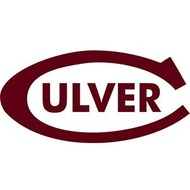
(View Complete Item Description)
The goal of this lesson is to assist students to relate the forces acting upon particular objects and the “unseen” resolution of those forces. The video begins with a story line involving Adam, who helps his father in the garden by disposing of a garbage bag of leaves—the very act that involves resolution of forces. This lesson includes embedded video clips, animations, diagrams and inquiry-based experiments where students are required to work collaboratively and answer thought-provoking questions. The experiments will involve the study of the resolution of forces on objects placed on varying planes or on platforms of different angles, using materials that are easily found. Finally, students are required to discuss and apply what they have learned to determine whether it is easier to push or to pull a luggage bag with wheels. The lesson will take about 50 minutes to complete.
Material Type:
Lecture
Author:
Bahtiar Afandi, Jong Kah Yin, Hussaini Abdul Rahman




















